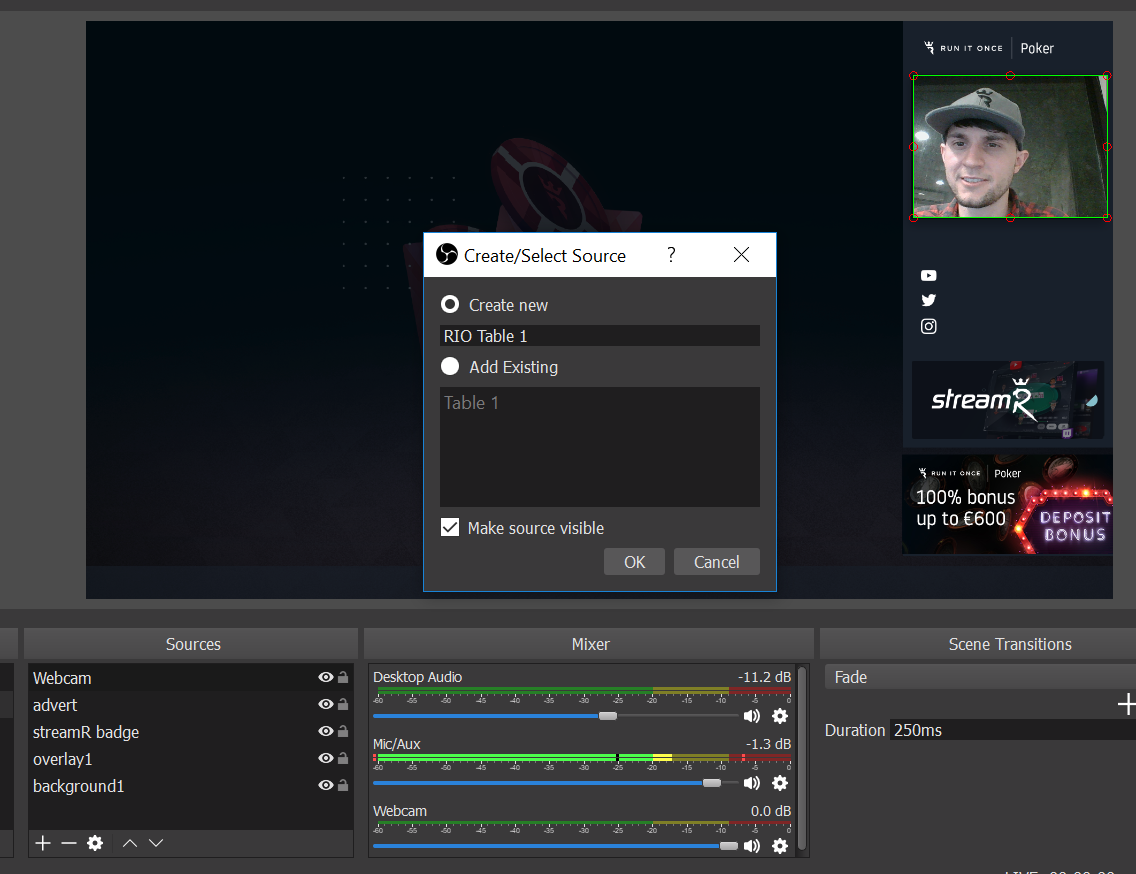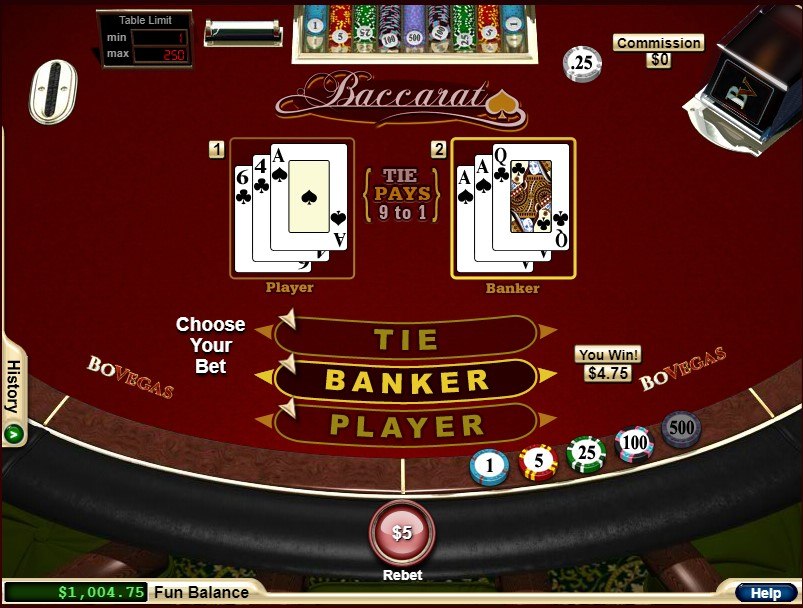Poker Table Selection Software
Table Tamer is a fully customizable software program that allows players to pre-set hotkey as well as automate a lot of the mundane clicks that must be performed in a standard poker session. Table Tamer is software to help online poker players maximize their efficiency. It includes hotkeys, layouts, betting, $ to BB, automating many tasks such as closing popups or clicking timebank, and much more. PokerRanger is a multi-tool piece of software that can carry out sophisticated range vs range analyses. You can listen to developer Michael Voelkel describe the motivation and functionality of the program on this episode of the Red Chip Poker podcast. For a visual introduction, check out the video below.
Everyone uses Hold’em Manager or Poker Tracker to keep tabs on their hands. Most regulars make use of HUDs whilst playing. We all know about PokerStove for equity calculations. You have probably heard about TableNinja or similar software to help multi-tabling.

With everyone using this gear, how can you still gain an edge over the competition?
A player looking to gain a technological edge now needs to go beyond the HEMs and PT3s and Ninjas and into the less-publicised world of niche poker applications that today are giving players a real and tangible benefit to their poker play and study. From table selection and note-taking for help while playing to equity and range analysis calculators to aid poker study, there is a wide selection of tools that are helping players gain an edge over the increasingly competitive online poker world.
Poker Table Selection Software Download
Here we look at four, and tell you why and how you should be using them.
Automate Your Note-Taking
Notecaddy
NoteCaddy has been available for over a year, and a core group of users have been using the tool to great effect at the tables.
Yet despite a unique and powerful feature set, it has yet to really receive the attention it probably deserves: and that is not too surprising, as existing users are all too happy to reap the benefits over unsuspecting opposition. And for those who do know about it, few really take the effort to use it to its full potential.
So what is all the fuss about?
In a nutshell, NoteCaddy performs automated note-taking. You create a definition – say “opponent limped preflop” – and NoteCaddy goes through your entire history of hands and creates a note for you. With a vast and complex system for creating definitions, you are really only limited by your imagination: “Raised flop to check turn,” “Check-raise flop to fold before the end of the hand,” “bet-3bet flop to bet turn and take free showdown” and “cold-call big hand preflop” are among 40+ definitions I use for playing LHE.
Notes can either count the number of “hits” to the definition, or it can count “misses,” so you get a HUD-like percentage display. For example, when a player raises the flop, I have a stat to tell me what percentage of the time they will take a free card. And notes can be created with ranges, allowing for output like “3bets light from SB (A3o, 98o-T9o, 65s).”
Sounding pretty useful?
It works for Hold’em Manager and PT3 databases, and notes can be saved in the HUD note popup as well as synchronizing with PokerStars notes, so they will always be accessible at the table. Notes will be created in your existing database, and you can leave it importing so notes will continuously update as you play.
NoteCaddy will get a much-deserved attention boost soon with the release of Hold’em Manager’s successor, HM2, which includes NoteCaddy built-in with many new features: a dedicated NoteCaddy stats in the HUD, “Sparkline” graphs of the data, and a replayer of matching hands that can be viewed at the table.
It takes a while to create the definitions, so put aside an afternoon or two to get up to speed. I would recommend starting with very few, then building them up as you think of them; otherwise, you’ll be overwhelmed with all the new data at the table.
NoteCaddy definitions will import into HM2, so put in the time now and you will not waste any time if you plan to upgrade.
NoteCaddy is available from notecaddy.com, currently costs $50 and comes in both Hold’em and PLO flavors. It’s worth every penny. In HM2 there are plans for a free and premium (paid-for) versions; no details yet as to the cost for new or existing license holders.
Game Select Like a Pro
TableScan Turbo


TableScan Turbo was certainly not the first program to try to help you with table selection. The idea is simple – scan current lobbies and, combined with a database of player statistics – find the best tables.
There are basically two kinds of scanning: Local scans browse open lobbies on the users computer for games; Remote scanning makes a call to database hosted on a remote server, that itself is constantly monitoring software lobbies. However a list of tables is obtained, this is then combined with your database of player statistics and the results are presented.
Poker Tracker has always had its “TableTracker” product, which does remote scanning only. HEM’s “Table Scanner” product does both remote and local scanning.

The main problem was they both kind of sucked. Both remote and local scanning was too slow – taking seconds per table to return information. If you play on just one site, this may be acceptable. But for those like me who game select across multiple lobbies, waiting for results may take a minute or more – by which time any information is irrelevant.
Then along cane TableScan Turbo and blew them all out of the water. Using asynchronous local scanning, TST can scan up to ten lobbies – and pull out the player’s stats from the database – in less than ten seconds. The whole program is built with speed in mind: The interface is light, snappy and simple. Double click a table and it will open. It presents notes and color-coding from PokerStars and your tracking database, and extensive table and player-filtering will highlight the best tables and optionally auto-seat you, or join the wait-list.
For players who spend a lot of effort table selecting, TST is a no-brainer. At first I thought a built-in program in HEM or PT3 would offer certain advantages; I also thought a remote-scanning option would be preferable, as it would be more reliable.
But after trying TST once, I could never go back. It works very well, it does not steal focus from the user, and remote scanning options cannot compete with TST’s async local scanning.
And the best thing right now – it is free. It has been in perennial beta period for a long time now. Grab it from TableScanTurbo.com
Upgrade Your Equity Calculator
PokerStove was instrumental in the first real wave of online poker theory. For years it was the only real way to perform hand-vs-range and range-vs-range calculations quickly, and for many, it is still the first place they go when they start a poker study session.
But these days, there is no real need to use PokerStove. There are free alternatives that are more intuitive, quicker to use, with faster equity calculations and advanced featured analysis.
You have a choice of two – Equilab and Slice. Which one you choose depends really on your requirements.
Equilab
Equilab is the nicer looking of the two and, if you only want to analyze Hold’em, will probably be your preferred calculator option. It offers very quick multi-player, range-vs-range calculations coupled with a quick hand range selector and useful output options.
But on top of all that, it offers a wide selection of advanced tools. An “equity trainer” quizzes you on estimated equity in various scenarios. An advanced “scenario analyzer” breaks down equity shifts on future board cards, and a range selector allows for advanced hand selection based on hand value and draw potential.
Slice
Slice does not look as pretty as Equilab, and its quirks might take a bit of getting used to. It offers its only set of advanced tools, including a histogram of equities in a range and future street analysis. Along with supporting “pokerstove” style range input, it also has its own, more advanced, lexicon, that can be used for creating board ranges too.
But the main plus of Slice is the support for non-hold’em games; it is the only offline tool that supports Omaha and Stud games.
PokerStrategy.com’s Equilab is free to everyone, including non-members. Slice is free for all 2-player analysis, with a paid-for version to enable multi-player calculations and advanced output. It is currently running a “name your own price” promotion, so snap it up cheap while you can!
The All-In-One Study Tool You’ve Never Heard Of
Poker Table Selection Software Developer
The Combonator
There might be a slight conflict of interest mentioning the Combonator, as I am the author of the software.
With that said, it certainly fits the description of little-known software that will aid your poker study. The Combonator is a rather unique bit of kit that is part combination calculation, part equity calculator, and part range and board texture analyzer, fitting somewhere between Equilab, Flopzilla and the now-defunct StoxCombo.
Poker Table Selection Software Downloads
The software can analyze multiple parts of a range based on combination analysis, or equity vs a certain hand. Output is updated on the fly as you construct and change ranges, advanced automatic selection allows you to slice up or build and ranges based on hand strength or draw potential.
Scenarios can be saved, shared and output, and multiple graphing options give an overview of range comparison and board texture analysis.
The software, available on combonator.com, is free for up to 2 groups, and a “pro” license for $35 unlocks full support for saving, equity calculations, advanced auto-selection, full undo/redo history and more.
Poker Table Selection Software Free
So there you have it; four new tools that you can now add to your personal arsenal. Think we have missed something? What lesser-known software do you considering essential to have in your poker toolkit? Leave us a comment and let us know!



